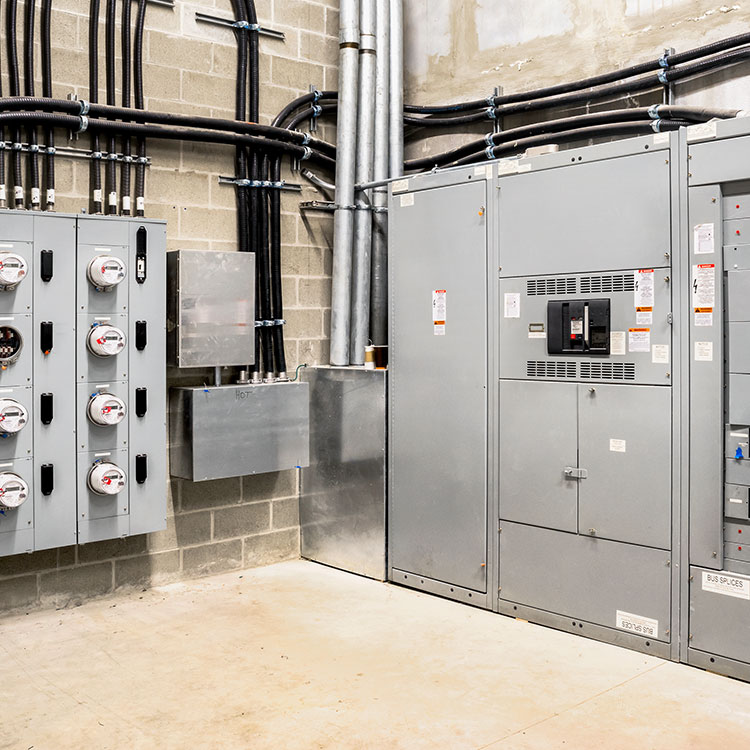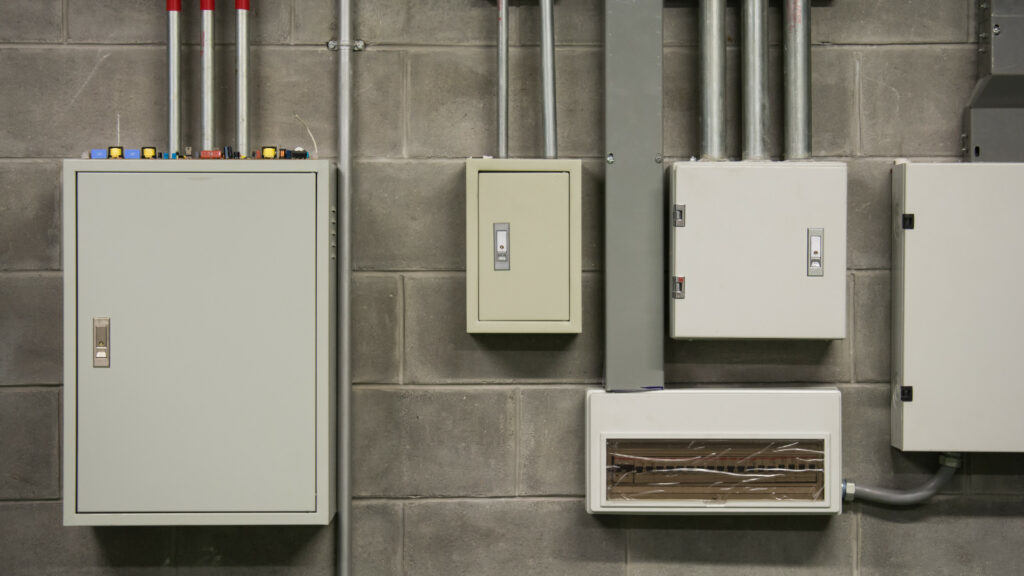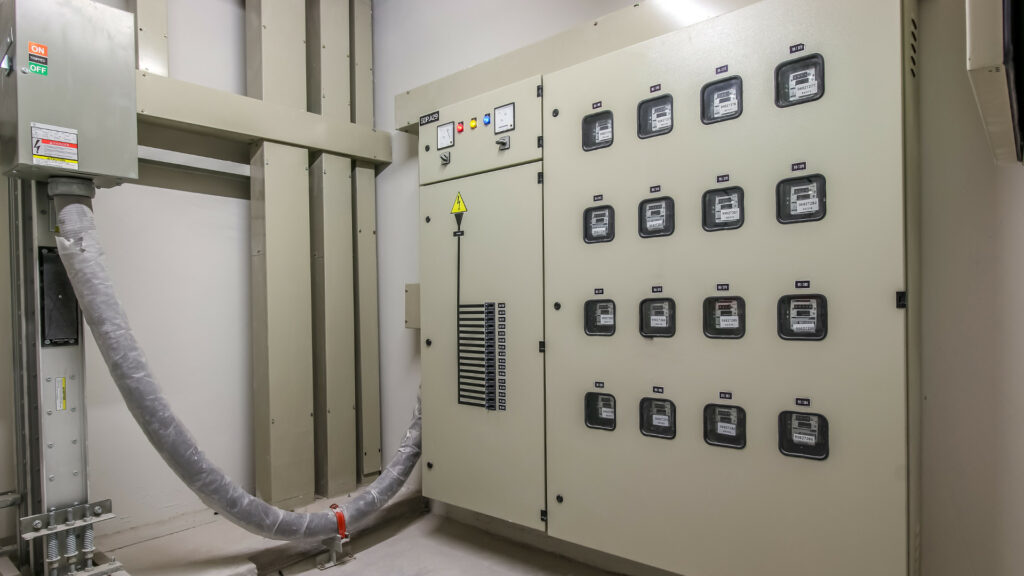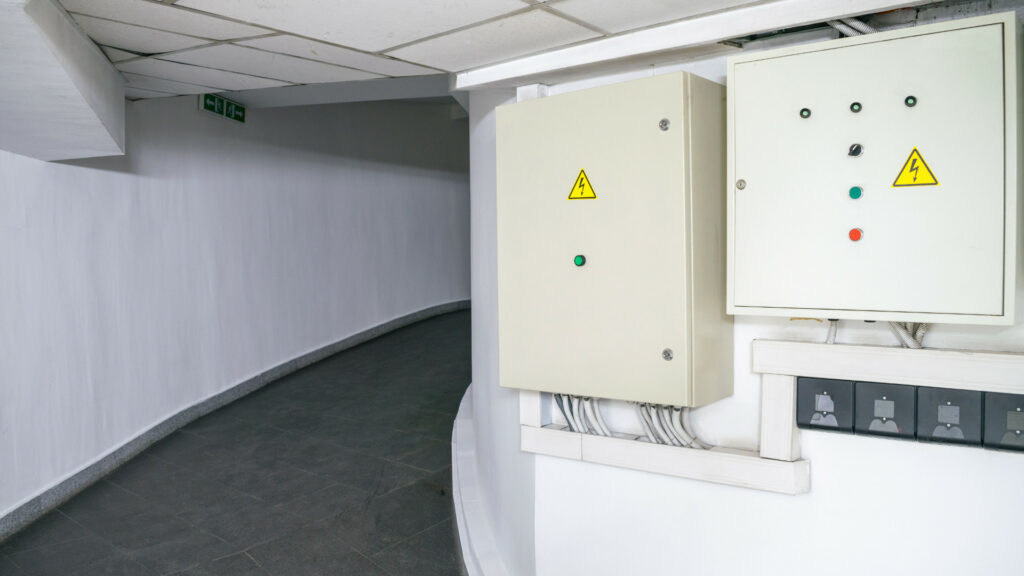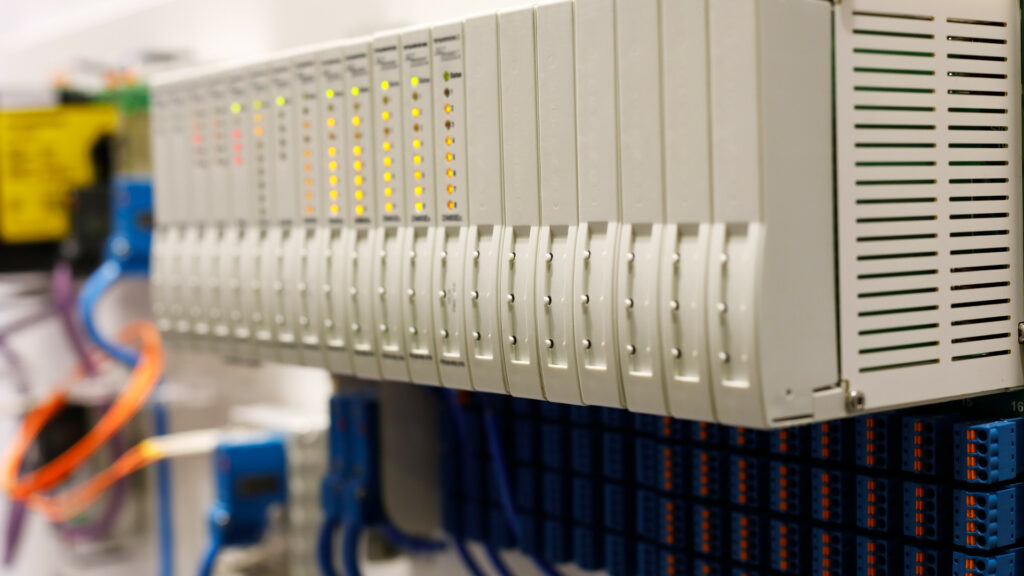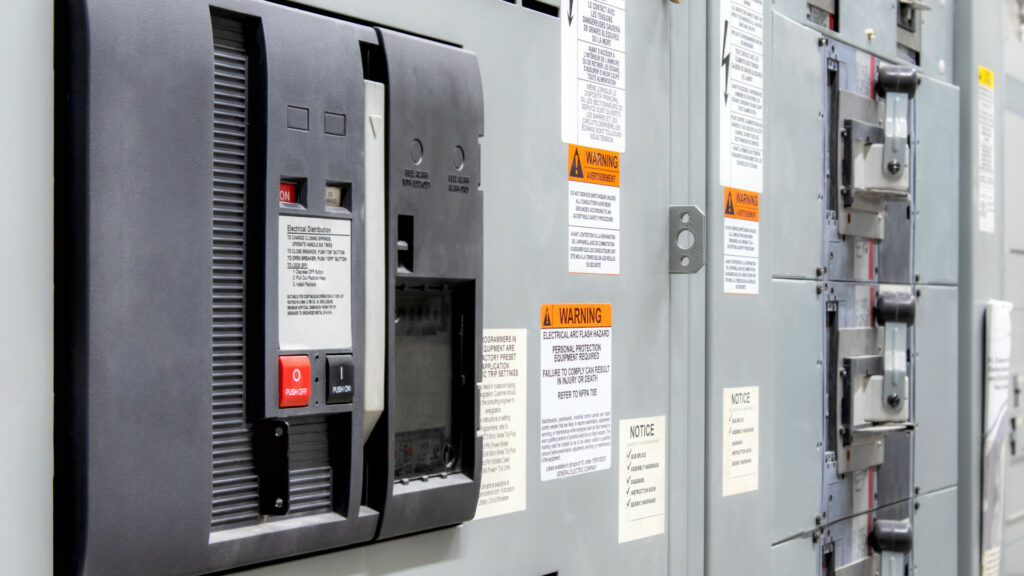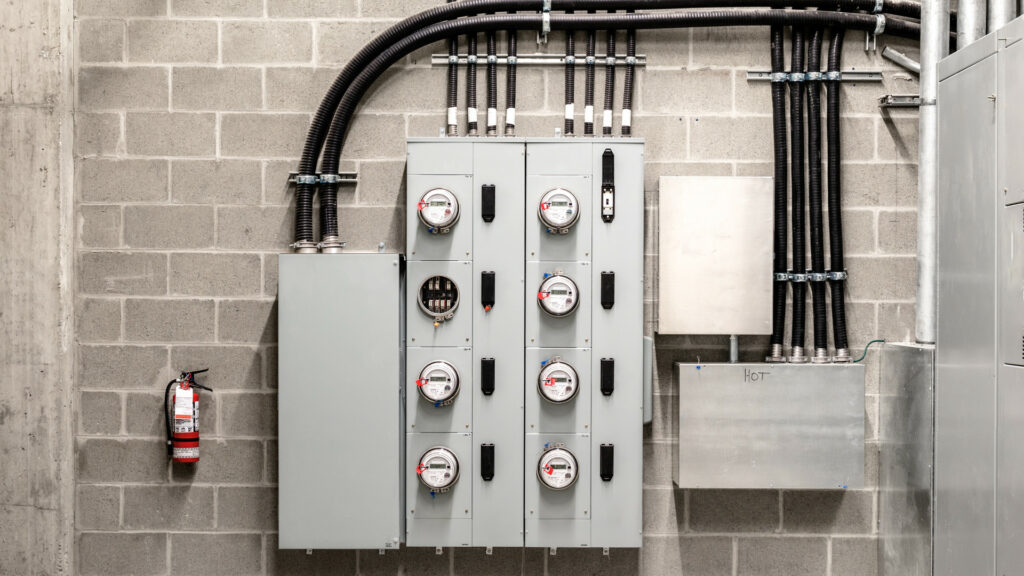Building Management Systems
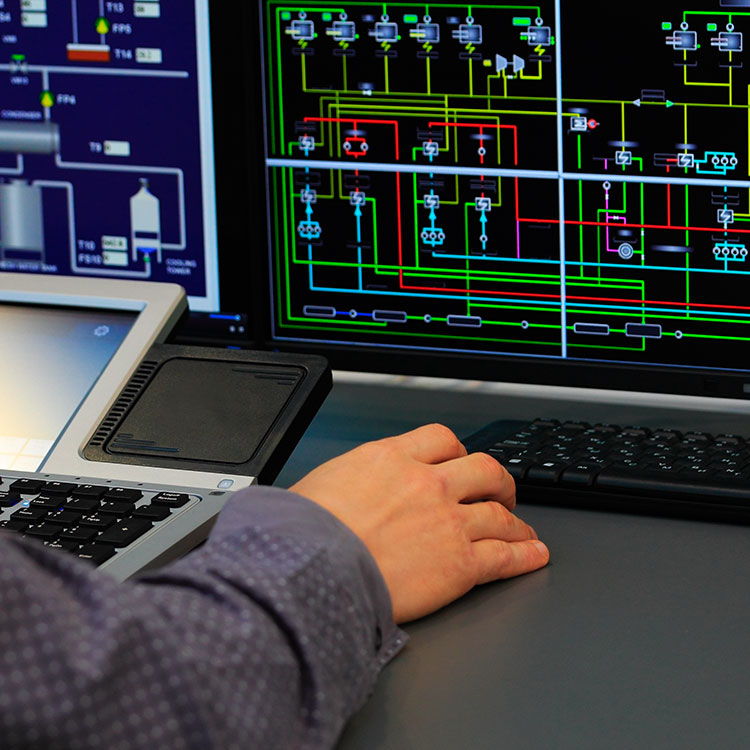
Building Management Systems BMS
Our Intelligent Building Management Systems (IBMS) specifically address the expanding requirements within industry & commerce for combining your building’s energy management, security systems, fire alarm systems, CCTV and access control into one control system.
We can design a system that brings together independent systems within a building to operate on one platform. This allows one system to interact with another, creating unprecedented opportunities for automation and simplification of building management processes. Our IBMS packages can be controlled from a central PC with a touch-screen display or even voice recognition systems.
- C&G Qualified Engineers
- Control of Independent Systems
- Intelligent Building Management Systems
- Manufacturer Trained Engineers
- Energy Management
- Established NICEIC Approved Company
Building Management Systems BMS
EDS use the latest technologically advanced operating systems to perform all control tasks, which can be linked to graphical displays or video imaging displays, enabling information to be acted upon much quicker than conventional systems. Being controlled through one central unit makes managing a large building simply a click of a button. Programming of the system is easily updated, usually by entering a few keystrokes into the system keyboard, or alternatively directly onto the system screen.
At the heart of every IBMS (Intelligent Building Management System) is sophisticated control and signalling equipment, working on distributed controller networks. This allows all data to be received and transmitted instantly to various parts of the building, enabling the automation of certain functions when certain conditions are met. This could simply be shutting down lighting, plant, air conditioning, movement of lifts, watering of plants, opening or closing of doors, or many more complicated actions. Being connected over distributed networks reduces the cabling cost in a large building.
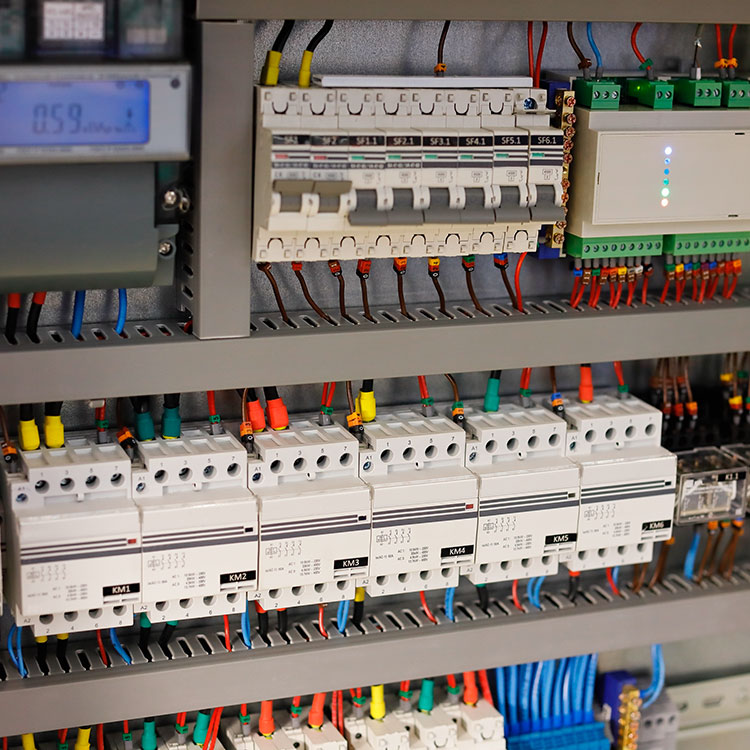
Cost & Energy Saving
Huge cost savings can be made where all systems are designed to talk to each other, providing management with greater control over the building coupled with increased safety and cost savings.
What is a Building Management System?
The BMS is a stand alone system that can calculate the pre-set requirements of the building and control the connected plant to meet those needs. Its inputs such as temperature sensors, and outputs such as on/off signals are connected into outstations around the building. Programmes within these outstations use this information to decide the necessary level of applied control. The outstations are linked together and information can be passed from one to another. In addition a modem or interface can be connected to the system to allow remote access from a PC.
The level of control via the BMS is dependent upon the information received from its sensors and the way in which its programmes tell it to respond to that information. As well as offering a precise degree of control to its environment, it can be made to alarm on conditions that can’t meet specification or warn of plant failure. Occupancy times for different areas are programmed into the Building Management System such that the plant is brought on and off to meet the occupier requirements. These times are often under optimum start control. This means that the heating plant is enabled, at a varying predetermined time, to ensure that the heated space is at the set desired temperature for the start of the day. The Building Management System therefore determines the plant start time based on the outside air temperature, the internal temperature and the building structure.
Managing multiple sites from one location offers the benefits that all sites can be observed at one time and comparisons can be drawn between each site for a cost performance basis. It is also more cost-effective than manned attendance at each site.

Why Have a Building Management System?
All Buildings have some form of mechanical and electrical services in order to provide the facilities necessary for maintaining a comfortable working environment. These services have to be controlled by some means to ensure that there is adequate hot water for sinks, that the hot water in the radiators is sufficient to keep an occupied space warm, and that heating with ventilation and possibly cooling is provided to ensure comfortable conditions.
Basic controls take the form of manual switching, time clocks or temperature switches that provide the on and off signals for enabling pumps, fans or valves etc.
The purpose of a Building Management System (BMS) is to automate and take control of these operations in the most efficient way possible for building managers, operators and owners, within the constraints of the installed plant.
From schools to colleges, offices to tower blocks, factory units to production lines, significant benefits can be realised by the use of an EDS Intelligent Building Management System.
